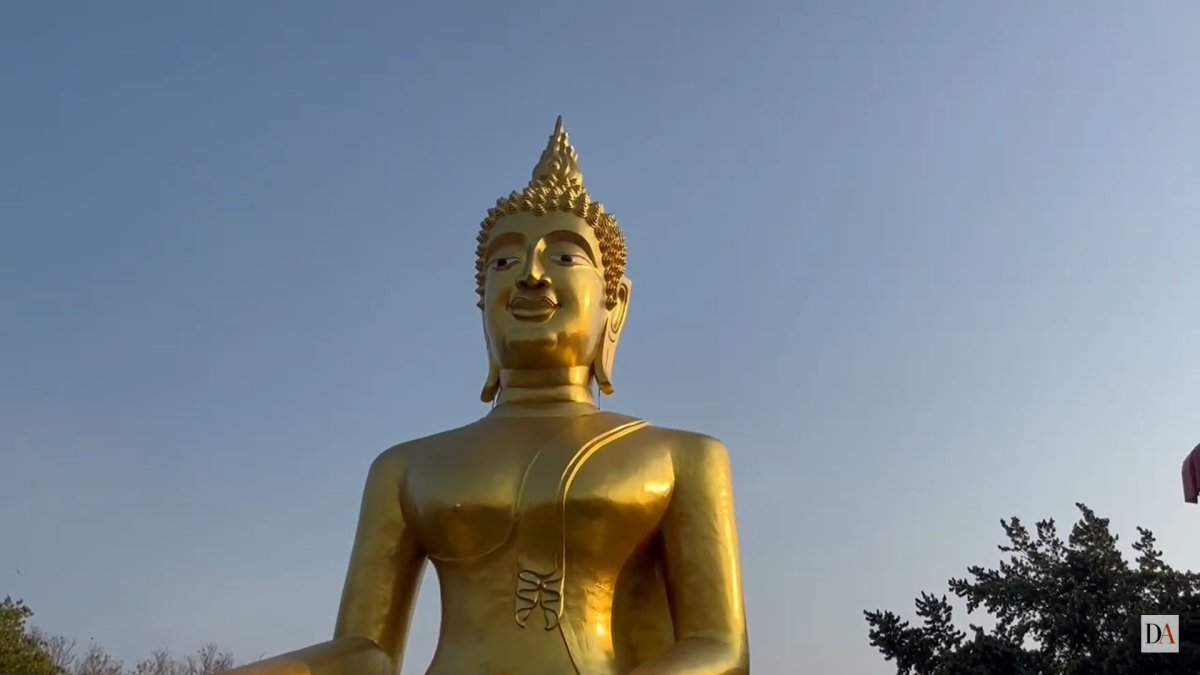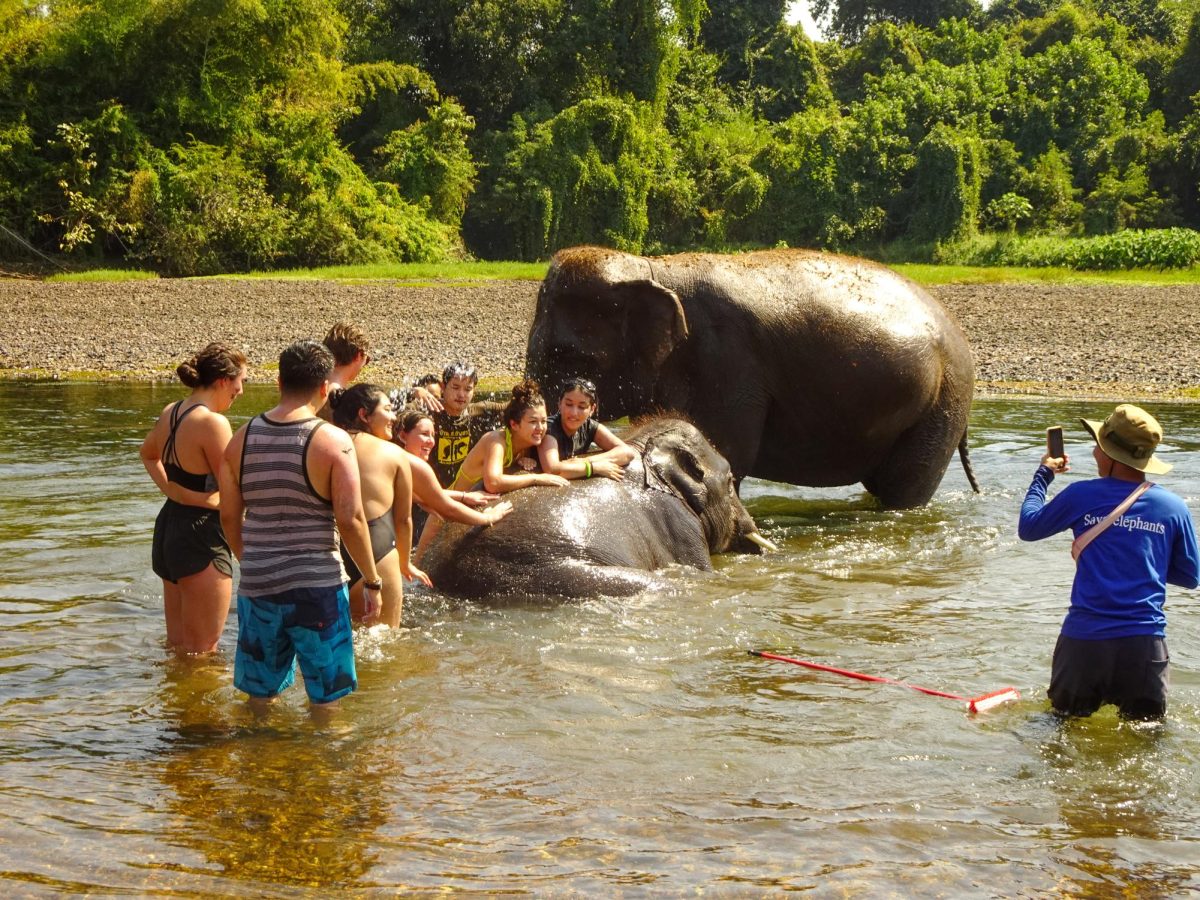Balboa Park has been a source of San Diego’s pride and glory since 1915. The Plaza de Panama, the area between the San Diego Museum of Art and the Spreckles Organ Pavilion, was built as part of the Panama-California Exposition. This area was created to be a gathering place for the public. The pedestrian-only zone was later used for parking during World War I and World War II. Now, what was once a plaza became a series of parking lots for visitors of the park and museums.
In the State of the City speech, Mayor Jerry Sanders proposed a plan that would reconstruct the Plaza de Panama to its original layout by removing all parking lots and vehicle routes. In the name of conservation and posterity, Sanders plans to convert this piece of concrete into a world-class gathering place.
In theory, this idea is admirable, but in actuality it’s far from it. Looking from a strictly scenic perspective, having fewer cars would ensure a more visually appealing area around the garden and museums. Its beauty would also be more appreciated sans traffic signs. But from a visitor’s perspective, the lack of vehicle pathways through the park would be both unappealing and inconvenient.
It’s already hard enough to find parking in or near Balboa Park. Visitors are lucky to find available spaces two blocks away, but that’s a sacrifice that must be made in order to enjoy the park. But for some visitors this isn’t a viable option. Visitors with physical disabilities will have far fewer accessible options, making their trip less enjoyable and possibly unworkable. At the very least, an area designated for disabled visitors should be kept in the plaza.
Driving through the streets of the plaza is just an easier way to take advantage of the park. The single-lane, two-way street allows access to the dog park, museum entrances, the Spreckles Organ Pavilion and the international cottages. Although these locations are worthwhile regardless of their proximity to parking, the elimination of the plaza streets leaves pedestrians with a long walk. If vehicle access to this area is removed, visitors may be left on either side of Balboa Park without a way through.
Aside from these accessibility concerns, this proposal five-year reconstruction plan coincides with the park’s upcoming centennial in 2015. Just five short years will have to include planning, demolition, reconstruction and a grand opening. Although this may seem sufficient time to finish, San Diego’s history of’ ‘ construction of large projects begs to differ.
Aside from the rushed timeline, none of the components that form this plan have been set – including the cost. This is a premature idea that risks the plaza’s future with an unreasonable deadline.
The city is not exactly financially stable. Although the plan doesn’t currently have a price tag, it’s safe to assume that the project will be costly. Instead of using the money to reconstruct the Plaza de Panama, it should be used for other city needs. There are plenty of areas that could use the face-lift more than Balboa Park. This is neither urgent nor necessary.
Creating a place for visitors to come’ enjoy what Balboa has to offer would help the city become more united, but limited access and an uncertain tab is not an acceptable solution. Expanding the area where visitors can congregate is possible without removing vehicle-accessible areas. Balboa Park has found ways to successfully reduce traffic in this area when necessary. Eliminating parking lots located in the plaza may facilitate this process but, that also complicates parking for visitors.
While the mayor finalizes the fate of the Plaza de Panama, he should think about Balboa’s needs, not just its desires. We’re in a recession and don’t have time to invest in unnecessary projects.
-Aileen Pantoja is a zoology freshman.
-This column does not necessarily reflect the opinion of The Daily Aztec. Send e-mail to opinion@thedailyaztec.com. Anonymous letters will not be printed. Include your full name, major and year in school.






